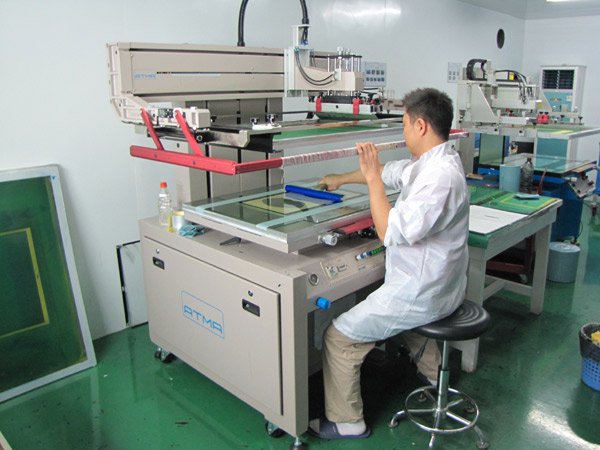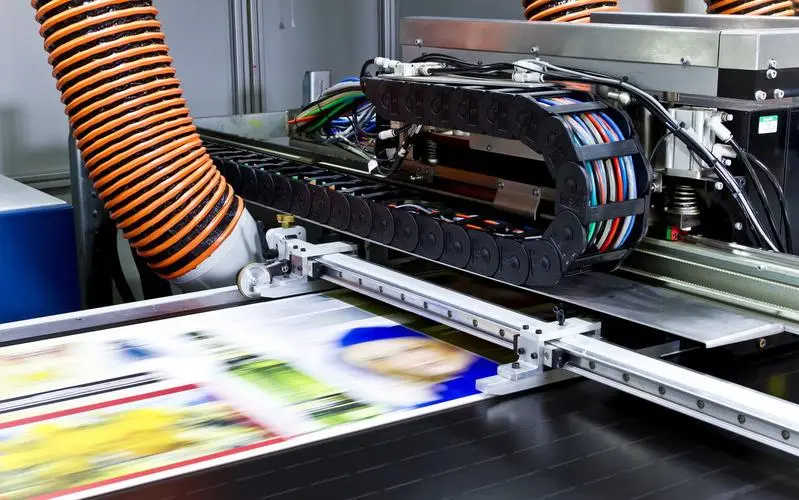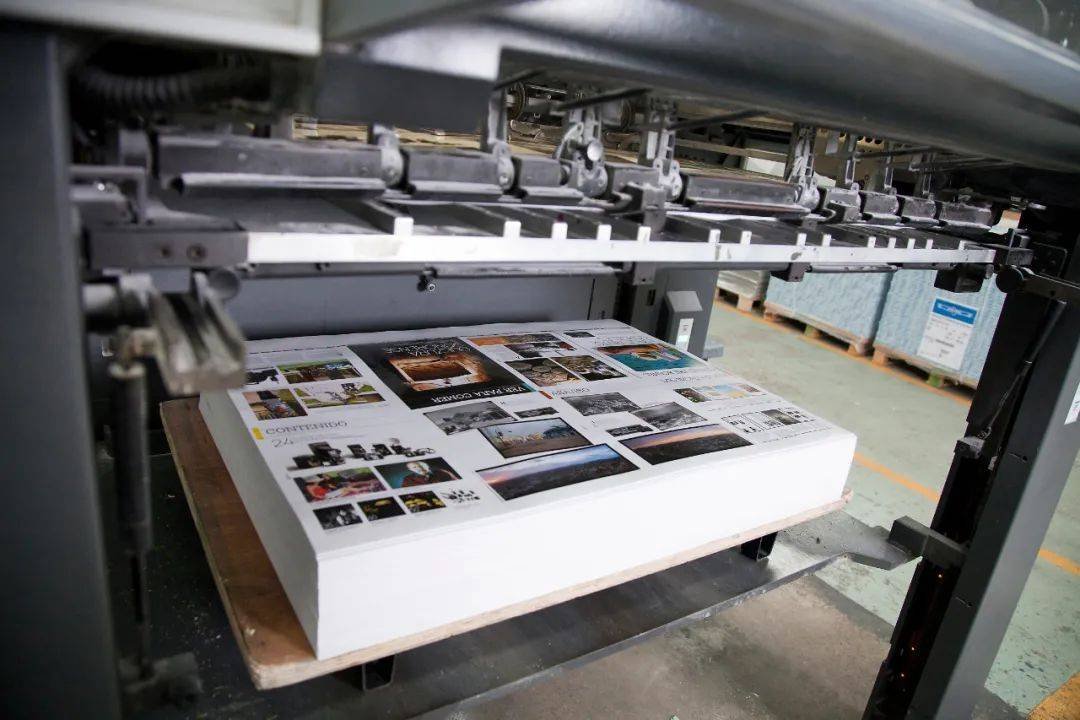FLLOW US:
-
Hangzhou, China
Custom Graphic Overlays: Which Printing Technique is Best for You?
Custom Graphic Overlays
When creating custom graphic overlays, choosing the right printing technology is crucial. Screen printing, digital printing, and offset printing each have unique advantages and suitable scenarios. Understanding the characteristics and material requirements of each technique can help you make the best choice.
1. Screen Printing
Screen printing is a traditional method ideal for large-scale graphic overlay production.

Advantages
- Durable: Long-lasting prints with bright colors and strong coverage.
- Versatile Materials: Suitable for PET, PC, PMMA, etc.
Material Requirements
- Flat Surface: Ensures precise and even graphic overlay patterns.
- Heat Resistance: Must withstand the heat and pressure from drying equipment.
- Impact Resistance: Necessary for embossed applications, enduring mold stamping.
2. Digital Printing
Digital printing is a modern technique, perfect for small batches and frequently changing designs, making it an innovative solution for custom graphic overlays.

Advantages
- High Flexibility: No need for printing plates, reducing preparation time and costs.
- Fast Turnaround: Ideal for quick print jobs.
Material Requirements
- Specific Coatings: Ensures ink adheres properly and produces high-quality prints.
- Material Thickness: Suitable for films under 0.3mm and PC and PMMA materials ranging from 0.5mm to 4mm.
3. Offset Printing
Offset printing, also known as lithography, is widely used for high-precision printing, especially in the graphic overlay industry.

Advantages
- High Image Quality: Provides exceptional image clarity and color accuracy.
- Rich Colors: Offers a wide range of color variations.
- Ideal for Mass Production: Perfect for large-scale tasks.
Material Requirements
- Good Ink Absorption: Materials must absorb ink well and be relatively smooth.
- Material Thickness: Works best with thin films such as 0.1mm to 0.188mm polyester and polycarbonate films for stability in printing.
Conclusion
When selecting the appropriate printing technology for your custom graphic overlays, consider the project’s scale, cost, quality requirements, and design complexity. Each technology offers unique benefits. The WeGlow team will help you choose the right printing method, ensuring the best product outcome.
